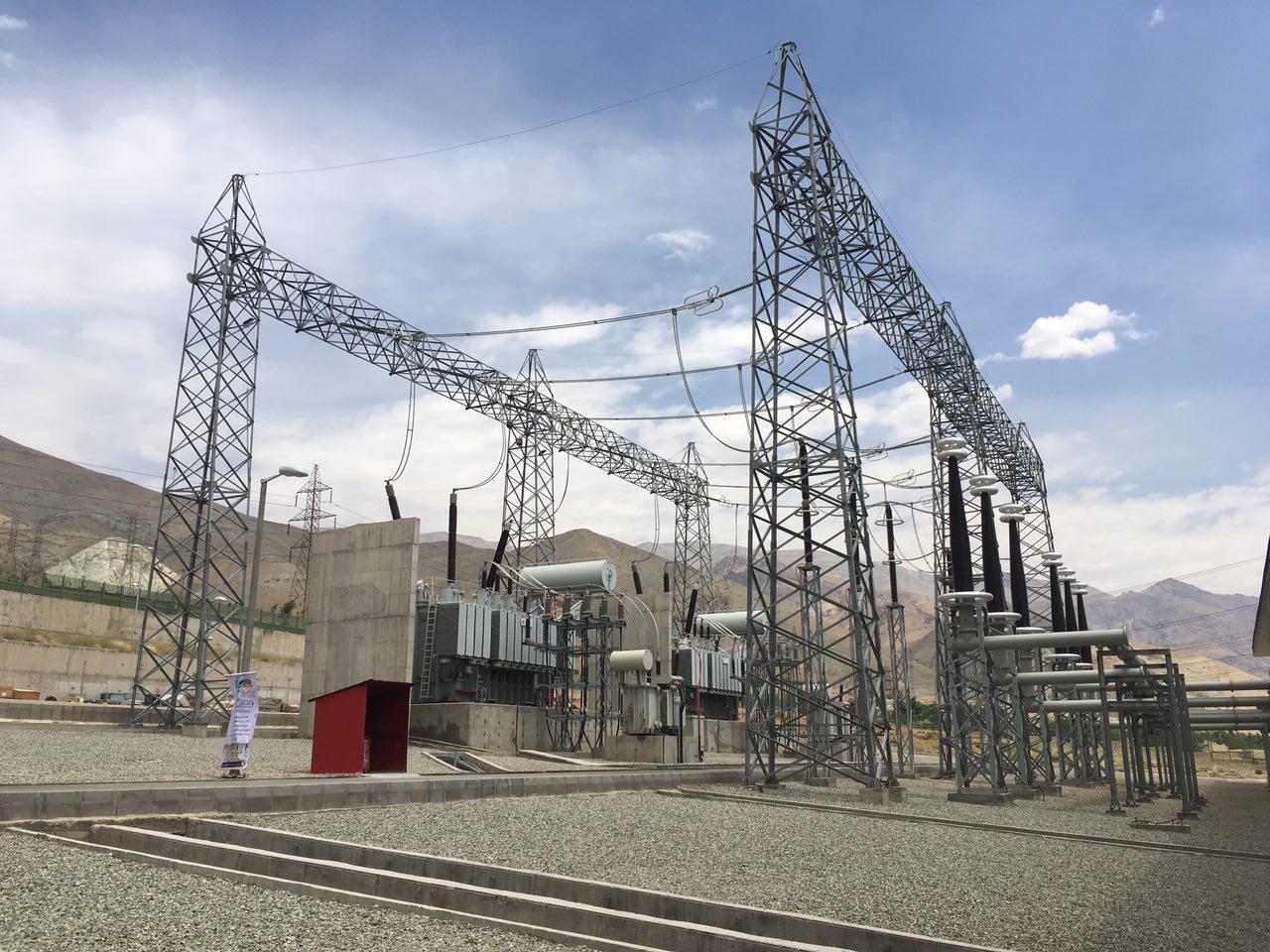Tehran dams presently have 634 million cubic meters of water, up 85 million cubic meters compared to this time last year, managing director of Tehran Regional Water Company said.
“The dams are crucial in the sense they control floodwaters and provide water for drinking, farming and industrial use when the rains are low,” Mehr News Agency quoted Seyed Hassan Razavi as saying.
“Tehran has received 136 millimeters of rainfall since September 23 (beginning of the current water year), which is a 25% increase compared to the average in the past 50 years,” he said.
With the mountains surrounding the metropolis covered by snow, there will be no water problem in summer “but people still need to avoid indiscriminate consumption.”
The five dams supplying Tehran include Taleqan, Latyan, Mamlou, Karaj and Lar; together they can hold 1.93 billion cubic meters of water and now 60% of the total capacity is full.
The amount of potable water used annually in Tehran Province exceeds 1.4 billion cubic meters, accounting for almost 20% of the total drinking water consumption in the country of 82 million people.
Unsustainable and unacceptable consumption patterns have become a serious source of concern in the sprawling capital that has expanded in all four directions in the past half century putting pressure on utilities and urban infrastructure.


